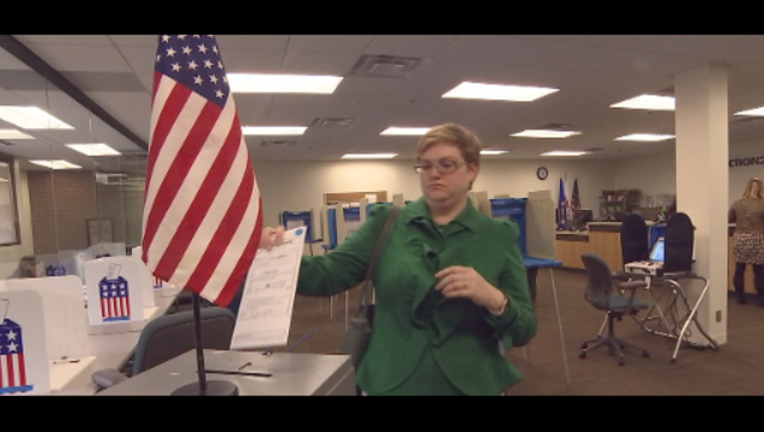Proposal to change Minnesota's electoral votes for president

ST. PAUL, Minn. (KMSP) - A Minnesota House Government Operations Committee is taking up a bill to change the allocation of the state’s presidential election votes. Instead of a winner-take-all allocation, votes would be decided by the winner of each congressional district.
Under the proposed bill, Donald Trump would have won 5 electoral votes in Minnesota and Hillary Clinton would have won 5.
Rep. Glenn Gruenhagen (R-Glencoe) said his bill would encourage presidential candidates not to ignore Minnesota on the campaign trail. But Rep. Laurie Halverson (DFL-Eagan) objected to Electoral College vote changes, citing concerns of gerrymandering.
"We need to have more competitive districts, not fewer,” Halverson said.
An amendment to HF406 proposed to remove the Electoral College in Minnesota and join an agreement among some states to switch to a popular vote for president. the amendment failed on a 6-10 vote.
Donald Trump won the electoral vote 306 to 232, but Hillary Clinton won the popular vote with 65,844,954 votes to Trump’s 62,979,879.
HF406 bill summary
This bill would modify Minnesota’s process for awarding electoral votes to candidates for President and Vice-President of the United States.
Instead of casting all of Minnesota’s electoral votes using a “winner-take-all” system, Minnesota’s electoral votes would be allocated according to the results in each congressional district. The remaining two electoral votes would be allocated to the winner of the statewide popular vote.
Based on the certified results of the 2016 presidential election in Minnesota, under this process five electoral votes would have been awarded to the Republican candidate for president, and five electoral votes would have been awarded to the DFL candidate for president.
This process is the current practice in two other states: Maine and Nebraska.
Section 1: Nomination of presidential electors and alternates. Modifies the process by which each major party nominates candidates to serve as presidential elector. Presidential elector nominees must be nominated from each congressional district, with two electors nominated from the state at-large.
Section 2: State canvassing board. Requires the State Canvassing Board to certify the persons elected to serve as presidential electors based on the votes cast within each congressional district and from the state at-large.

